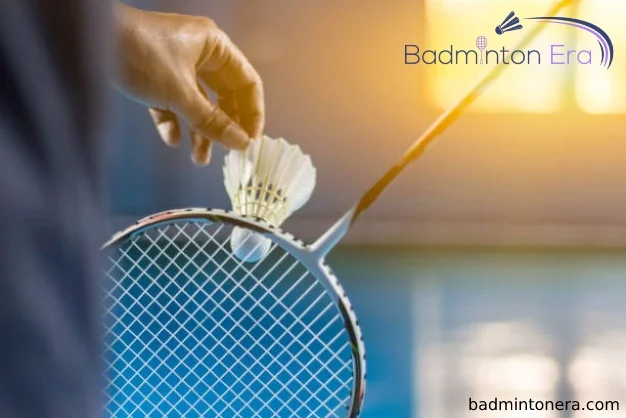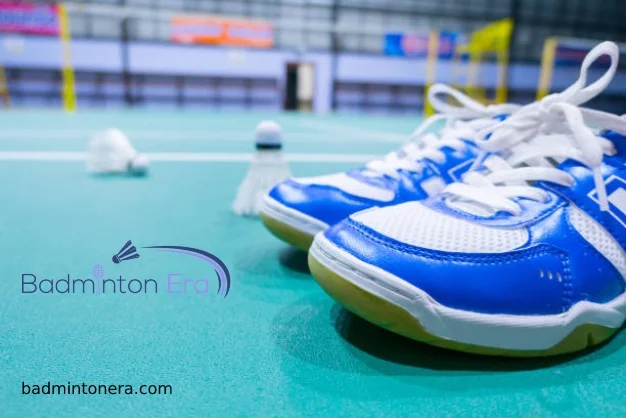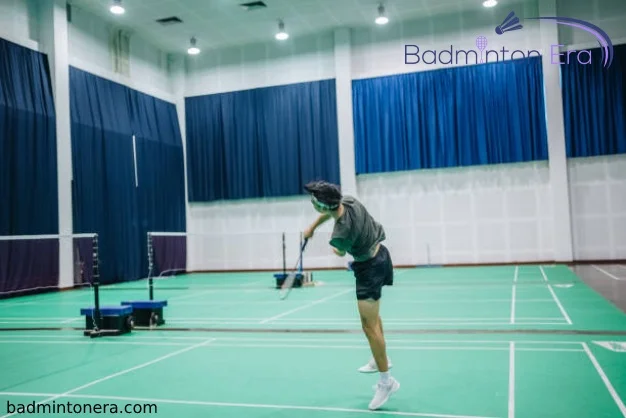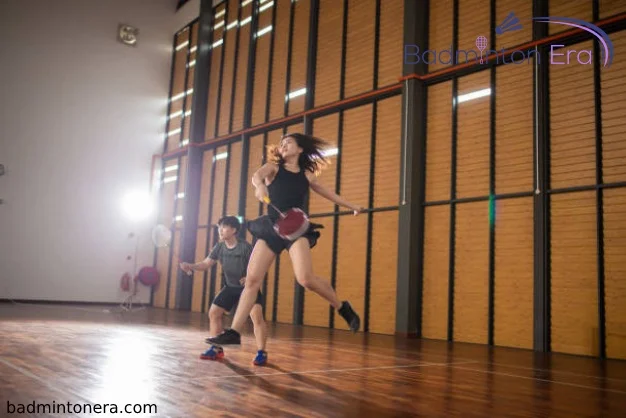“The Ultimate Badminton Racket Guide: Balance Point”
“The Ultimate Badminton Racket Guide: Balance Point”
Badminton is a fast-paced and dynamic sport that demands accuracy, agility, and control. To play at a high level, you must have the proper equipment, which includes a high-quality badminton racket. The balance point of a badminton racket is one of its most important characteristics, as it can have a significant impact on a player’s performance and overall experience on the court. In this article, we will go over what the balance point of a badminton racket is, how it affects play, and how to choose the right balance point for your playing style and skill level.

“The Ultimate Badminton Racket Guide: Balance Point”
What is a Badminton Racket’s Balance Point?
The balance point of a badminton racket refers to the point at which the racket is evenly balanced from the handle to the head. This point is extremely important as it affects the way the racket feels in the hand, the level of control a player has when playing, and the amount of power generated when hitting the shuttlecock.
To measure the balance point is calculated in centimeters from the bottom of the handle, also known as the butt cap, to the balance point. While rackets can have a balance point anywhere from the handle to the head, the majority of them are balanced between the handle and head, with an average balance point of around 29-30 cm.
Types of badminton rackets based on balance point:
Tip a badminton racket so that it is parallel to the ground to check its balance. Once you’ve done that, all you have to do is use one finger to support the shaft’s midsection. Unavoidably, the racket will lean to one side. The objective is to locate the point where the racket can be supported by one finger without leaning too far to one side.
A head-heavy racket is one where the tip is closer to the head. Conversely, if the point of support is found to be closer to the handle, the racket is head-light. When you first support the shaft of some rackets with your finger, they won’t tip at all. Let’s get more understanding of these badminton rackets.
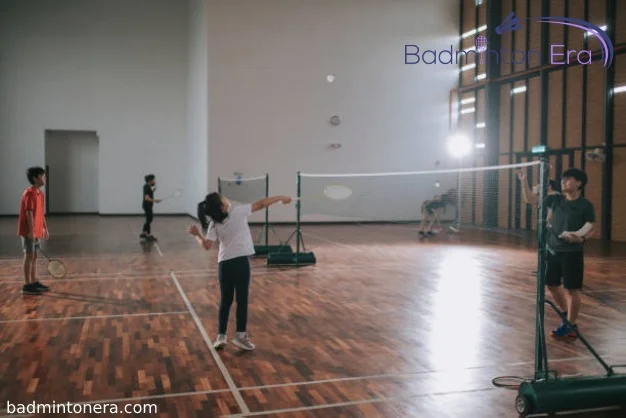
1-Heavy head racket:
A head-heavy racket leans more heavily toward the head. Any racket with a balancing point of more than 295mm is typically regarded as being head-heavy. In other words, if the distance between the balancing point and the bottom of the racket handle is 300mm, your racket is perfect for playing aggressive strokes. Yonex Astrox 99, a new badminton racket, is a head-heavy choice for players who prefer smashes and strong shots.
Head-heavy badminton rackets’ drawbacks:
- It demands greater wrist power.
- It makes the stroke movement slower, making it less useful for things like a smash catch.
- Less useful for backhand, doubles, and rapid, short strokes.
Advantages Rackets for badminton by Head Light:
- Incredibly quick at the net and useful for smash defense
- Frequently more force in brief, rapid strokes (such as at the net)
- It was wise to board the shuttle between rallies.
2-Light head racket:
A head-light racket is one whose balance point is smaller than 285mm. Players that desire to play quick shots with superior control employ it. Because of the lighter frame, you can move the racket around with ease and take advantage of speed rallies. It is perfect for a doubles game because it enables you to experience faster reaction time. One of the most well-liked headlight rackets on the market is the Victor JetSpeed S 12 M badminton racket. The Yonex Nanoray Z Speed badminton racket is an additional alternative for a head-light racket.
Now, keep in mind that you will need to sacrifice power because the racket has less weight in the head. The power of head-light rackets is inferior to that of head-heavy rackets. Therefore, pick them if you want speed rather than strength.
3-Even-head racket:
Any racket with a length between 285-295mm is regarded as being evenly balanced. The racket’s center serves as the balance point. It gives badminton players the best of both worlds. The even-balance racket can be the ideal choice for you if you are a beginner or an all-rounder. Having an evenly balanced racket allows you to play a variety of shots with ease. Choose the Yonex Duora Z Strike racket and the Victor Brave Sword 12 badminton racket for all-around performance.
Importance of balance point for players:
The balance point of a badminton racket has a significant impact on play, affecting various aspects of the game, including:
- Power
- Control
- Handling
- Comfort
Beginners are recommended to start with a racket that has a balanced point in the handle, as this provides a good balance of power and control. As players progress, they may want to experiment with rackets that have a more head-balanced point, which provides more power. It is essential to consider your playing style, skill level, and the balance point that best suits your needs when choosing a badminton racket.
How to choose the perfect racket?
It is essential to remember that the balance point is only one aspect of the racket, and other factors, such as the material, size, shape, and string tension, can also impact your performance. It is best to try several different rackets before making a final decision, as what works best for one player may not work for another. In addition to choosing the right balance point, it is also crucial to maintain your racket properly, including restring it regularly to ensure optimal performance.
Inferring thoughts:
In conclusion, the balance point of a badminton racket plays a vital role in a player’s performance and overall experience on the court. By understanding what the balance point is and how it affects play, players can choose the right racket for their needs and take their game to the next level. Whether you are a beginner or an advanced player, it is essential to find the right balance point to suit your playing style and skill level and to maintain your racket properly to ensure optimal performance.



